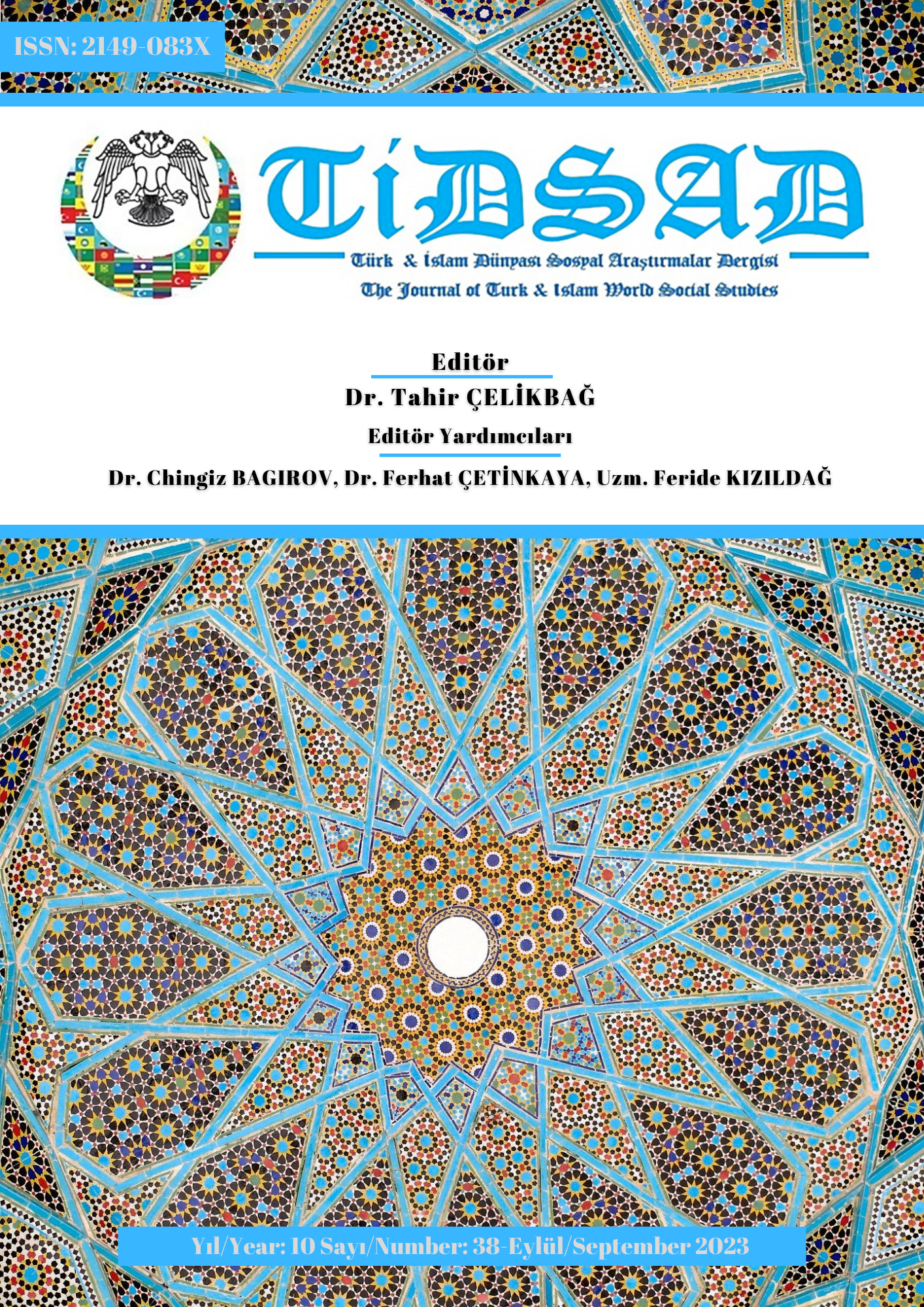Author :
Abstract
Kamusal alan, kent toplumunun kültürel bileşenlerinin en belirgin biçimde gözlemlendiği, bütün farklılık, uyum ve karşıtlıkların sergilendiği alanlar olarak öne çıktığı için kamusal alanlarda yer verilen sanat eserleri de giderek artmaya başlamıştır. Bu tür eserlerin oluşturduğu görünüm kente benlik kazandırmakta, kültürel aktarım sağlamakta ve kimlik teşkil etmektedir. Erken dönem sanatsal anlayış olan konuya bağlı sanatsal ifade biçimi, tarihsel süreç içinde pek çok değişime uğrayarak günümüze gelmiştir. Antik Çağ, Orta Çağ, Rönesans, barok, sanayi devrimi gibi tarihsel dönemlerde, mevcut çevresel koşulların etkisi altına giren sanat anlayışları, 1970’li yıllardan itibaren kökten bir değişime uğramış ve “postmodern” olarak ifade edilen bir anlayışa dönüşmüştür. Postmodern anlayış, burada sıralanmış olan tarihsel dönem ayrımlarının tümüne karşı toptan bir kopuşu ifade etmektedir. Bu nedenle, postmodern sanat anlayışı, hem gelenekten hem de öncülü konumundaki diğer tarihsel dönemlerden farklı nitelikler ortaya koyan kendine özgü yaklaşımdır. Bu makalede, özellikle postmodern dönem (1970 sonrası) heykel sanatının kamusal alanlardaki kullanımına odaklanılmıştır. Ele alınan bu dönemdeki sanatçıların sanat anlayışları incelenmiştir. Makale, nitel araştırma yöntemine uygun olarak tasarlanmıştır. Literatür incelenmesine dayanılarak anlatım, yorumlama ve tartışma metodu uygulanmıştır. Bu metot aracılığıyla estetik uğraşılar sonucunda ortaya çıkan sanat eserlerinin, kamusal alanlarda ne tür algılara dönüştüğü üzerinde durulmuştur. Söz konusu kamusal alan sanat eserlerinin estetik kullanımı anlayışı, heykel sanatı bağlamında ele alınmıştır.
Keywords
Abstract
Since the public space stands out as the areas where the cultural components of the urban society are observed most clearly and where all the differences, harmony and contrasts are exhibited, the artworks in the public spaces have started to increase gradually. The appearance created by such works gives the city an identity, provides cultural transfer and constitutes an identity. The form of artistic expression depending on the subject, which is an early artistic understanding, has come to the present day by undergoing many changes in the historical process. In historical periods such as antiquity, Middle Age, Renaissance, baroque, industrial revolution, the understanding of art, which was under the influence of current environmental conditions, has undergone a radical change since the 1970s and has turned into an understanding expressed as "postmodern". The postmodern understanding expresses a total break with all the historical period distinctions listed here. For this reason, the postmodern understanding of art is a unique approach that reveals different qualities from both tradition and other historical periods. This article focuses on the use of sculpture art in the postmodern period (after 1970) in public spaces. The understanding of art of the artists in this period is examined. The article was designed in accordance with the qualitative research method. Based on the literature review, the method of expression, interpretation and discussion was applied. Through this method, it has been focused on what kind of perceptions the works of art, which emerged as a result of aesthetic efforts, transform into public spaces. The understanding of the aesthetic use of the art works of public space in question is discussed in the context of sculpture art.





